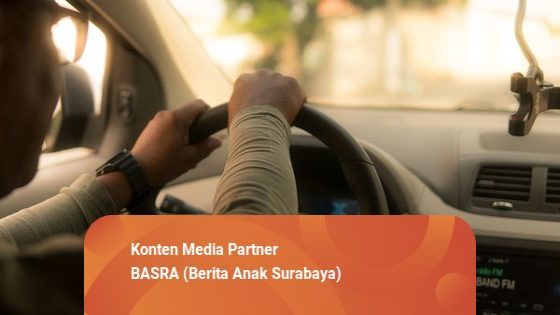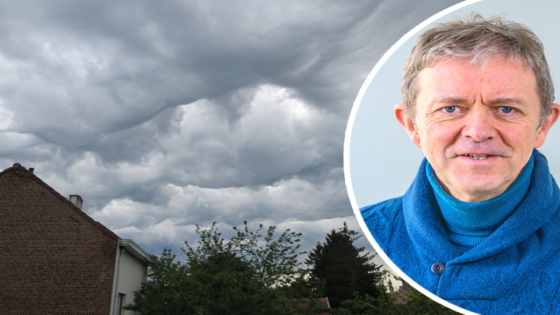As the holiday season approaches, many travelers will face the risk of highway hypnosis. This condition can lead to drowsiness and loss of concentration, especially during long drives. On April 6, 2025, experts remind US to be vigilant about the signs of microsleep during the busy return journey from the holidays.
- Symptoms of highway hypnosis include drowsiness.
- Loss of concentration is a key symptom.
- Mental fog can occur during long drives.
- Time perception may feel distorted.
- Heavy eyelids indicate fatigue while driving.
- Awareness of microsleep is crucial for safety.
Understanding Highway Hypnosis: What You Need to Know for Safe Travel
Have you ever felt your mind wandering while driving? Highway hypnosis is a real danger for many long-distance travelers. It can sneak up on you, especially during the arus balik lebaran, or holiday return traffic. Being aware of its symptoms is crucial for a safe journey.
Key Symptoms of Highway Hypnosis and Microsleep to Watch For
Understanding the signs of highway hypnosis is vital for every driver. Symptoms include:
- Drowsiness and heavy eyelids
- Loss of concentration and mental fog
- Feeling like time is moving slowly
- Frequent blinking or zoning out
How to Prevent Highway Hypnosis During Long Drives
Preventing highway hypnosis requires proactive measures. Here are some tips to stay alert:
- Take regular breaks every couple of hours.
- Stay hydrated and eat light snacks.
- Listen to engaging podcasts or music.
- Drive with a companion to share the responsibility.
Recognizing Microsleep: A Critical Skill for Drivers
Microsleep can happen in just a few seconds, often without the driver realizing it. This can be extremely dangerous. To combat this, consider these strategies:
- Know your limits; if you feel tired, pull over.
- Use caffeine wisely; it can help but isn’t a substitute for sleep.
- Plan your trip to include rest stops.
In conclusion, being aware of highway hypnosis and microsleep is essential for safe travel, especially during busy holiday periods. By recognizing the symptoms and taking preventive measures, you can ensure a safer journey for yourself and others on the road.
































